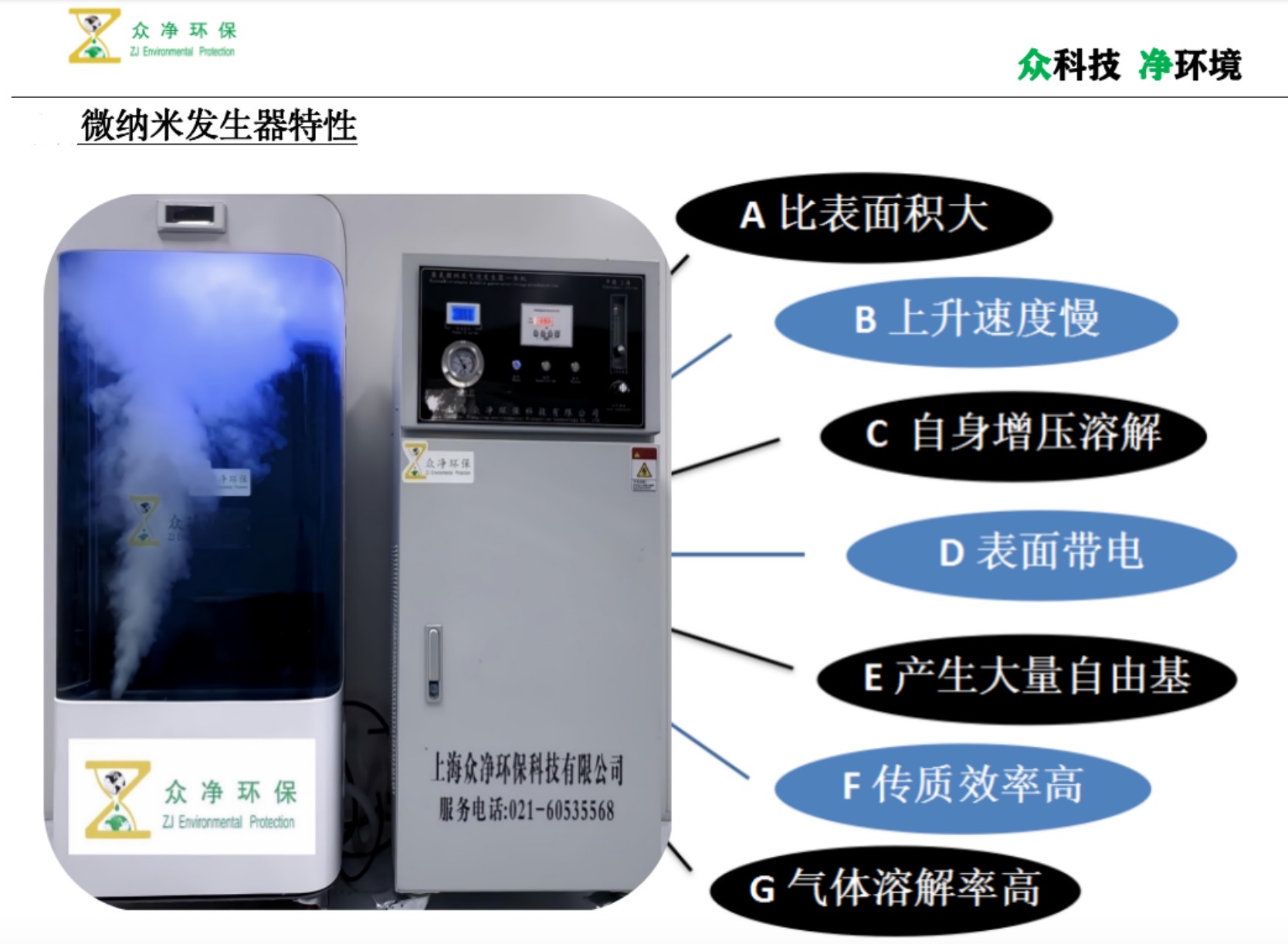Application and advantages of micro nano bubble technology in oil extraction
Click:4501Date:2024-06-24 12:11:43
The role and application of micro nano bubble technology in oil extraction
1、 Introduction
With the continuous growth of global energy demand, oil, as an important fossil energy source, its extraction efficiency and cost control have become particularly crucial. In recent years, micro nano bubble technology, as an emerging technological means, has gradually demonstrated its unique advantages and potential in oil extraction. This article aims to explore in depth the role and application of micro nano bubble technology in oil extraction, in order to provide reference for the further promotion and application of this technology.
2、 The basic principles of micro nano bubble technology
Micro nano bubble technology refers to the generation of bubbles with a diameter of micrometers and nanometers in liquids through special devices. These bubbles have characteristics such as large surface area, slow rise rate, and strong solubility, and can exert unique physical and chemical effects in liquids. The application of micro nano bubble technology in oil extraction is mainly reflected in the following aspects.
3、 The role of micro nano bubble technology in oil extraction
Improve crude oil recovery rate
In the process of oil extraction, due to differences in formation permeability and high crude oil viscosity, some crude oil is difficult to be effectively displaced. Micro nano bubble technology can effectively reduce the viscosity of crude oil and improve its fluidity by injecting displacement fluids containing micro nano bubbles into the formation. At the same time, micro nano bubbles can enter small pores and cracks in the formation, stripping residual oil off the surface of the rock, thereby improving crude oil recovery rate.
Energy Saving
In the traditional oil extraction process, due to the high viscous resistance of pipeline transportation, a large amount of energy is required. The application of micro nano bubble technology can reduce the friction between the inner surface of the pipeline and the liquid interface, reduce viscous resistance, and thus save energy and cost. In addition, micro nano bubbles can effectively reduce water consumption during the mining process and lower production costs.
Reduce environmental pollution
The pollutants such as wastewater and exhaust gas generated during the oil extraction process have a serious impact on the environment. Micro nano bubble technology can promote the degradation of organic matter in wastewater, reduce chemical oxygen demand, and alleviate environmental pollution by increasing dissolved oxygen and other methods. Meanwhile, this technology can also be used to address environmental issues such as marine pollution, and has broad application prospects.
4、 Application cases of micro nano bubble technology in oil extraction
Practice of increasing oil production in oil fields
In practical applications in multiple oil fields both domestically and internationally, micro nano bubble technology has achieved significant production increase effects. By injecting displacement fluids containing micro and nano bubbles into the formation, the crude oil recovery rate has been significantly improved while reducing production costs.
Application of environmental governance
In the treatment of oilfield wastewater, micro nano bubble technology has also shown good application effects. By injecting micro nano bubbles into wastewater, dissolved oxygen can be effectively increased, organic matter degradation can be promoted, chemical oxygen demand in wastewater can be reduced, and environmental discharge standards can be met.
5、 Conclusion and Outlook
Micro nano bubble technology plays an important role in oil extraction, which can improve crude oil recovery rate, save energy and reduce consumption, and reduce environmental pollution. With the continuous innovation and improvement of technology, micro nano bubble technology has been widely applied in the field of oil extraction. At the same time, we also need to pay attention to the challenges and problems that may be encountered in the application process of this technology, such as bubble stability, displacement fluid ratio, etc., in order to better promote the development and application of this technology.



 Home
Home



